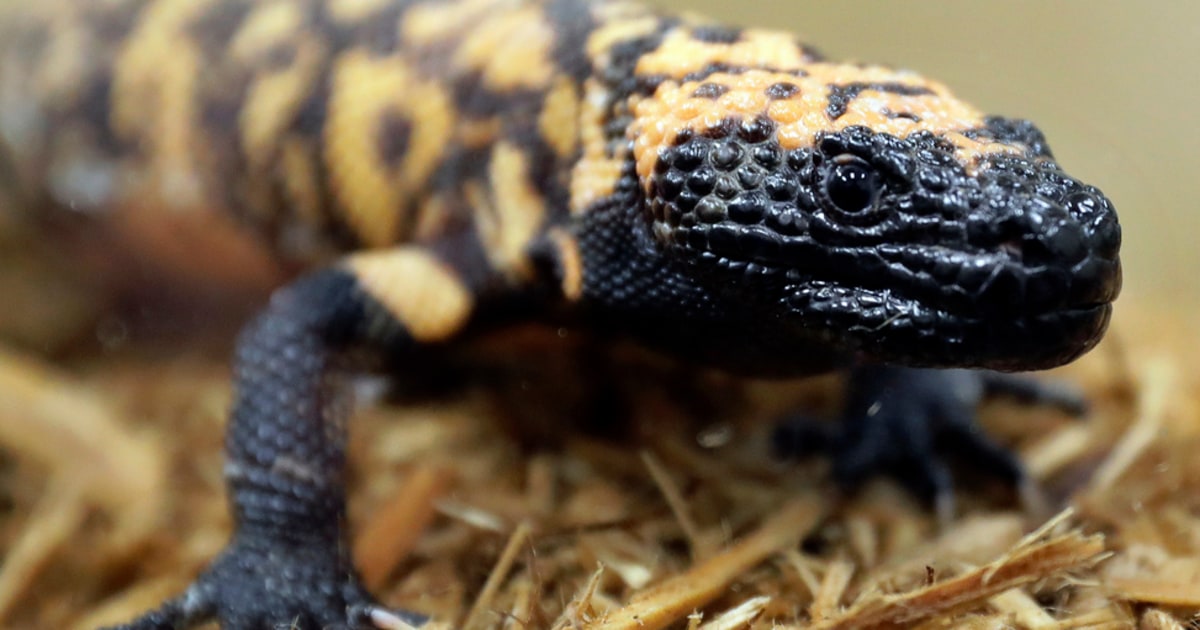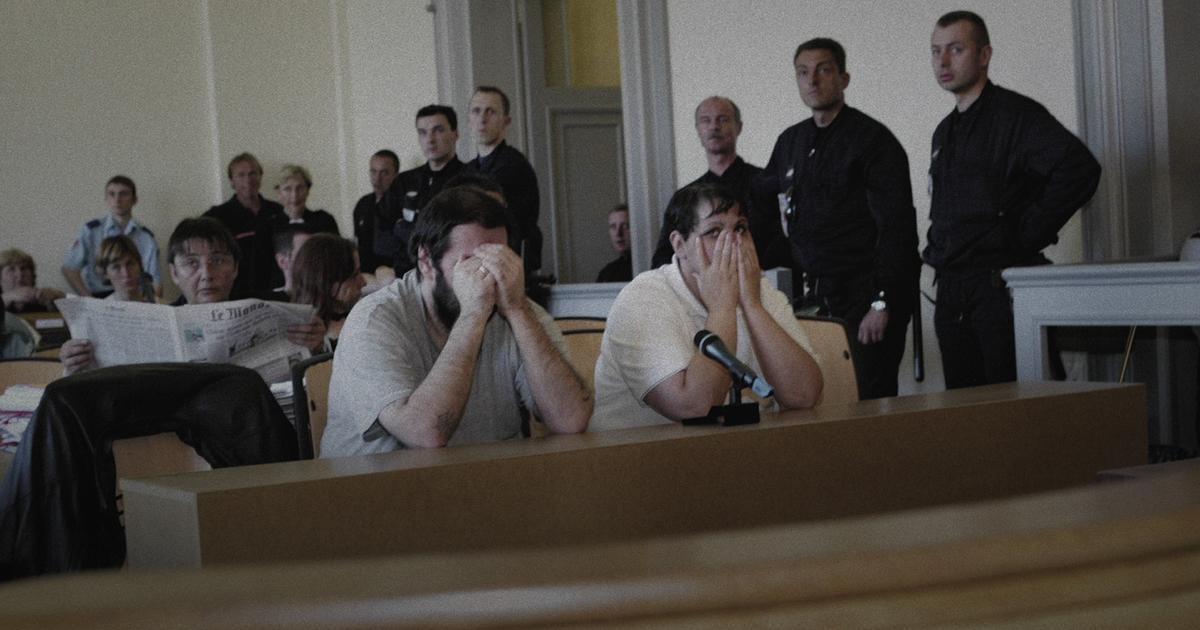Wrinkled sclera, swollen eyes and sharp fangs: the Crungus could have stepped out of a horror movie.
But there are no corresponding search results under this name: no being in a film, novel or comic book.
It has been newly created – by software based on so-called artificial intelligence (AI).
By coincidence, British artist Guy Kelly typed the letters into a text-to-image generator.
Did Kelly accidentally find a secret code?
He was certainly taken aback when he first saw the creature on his screen in June.
The British comedian writes that he invented the word "Crungus" himself.
But that didn't seem to matter to the text-to-image generator Craiyon, formerly known as the Dall-E-Mini.
Without any Google search results, the software drew a monster gallery with nine Crungus tiles.
Since then, users on the internet have been puzzling over where this monster came from.
Because one thing is clear: the text-to-image software must access photos that are already available on the Internet.
Craiyon is trained with almost 20 million images from the Internet, for example to put the extraterrestrial ET at the wheel of a Tesla.
However, the training archive does not provide any image templates with corresponding text for the Crungus.
Where does the AI then get the template from?
The Twitter user »Supercomposite« from Uppsala in Sweden asked herself the same question.
She ordered a text-to-image generator to draw an image that had as little to do with actor Marlon Brando as possible.
The result: a logo with the contours of a castle and the words »Digita Pntics«.
Then again, with the opposite of the logo, she tried to create the actor.
An experiment that failed.
Instead of Marlon Brando, the AI generated somber images of a red-cheeked woman sitting in ramshackle rooms where wallpaper is peeling and plaster is crumbling.
"Loab" called the figure "Supercomposite" because one of the pictures also shows a few words, including "loab" in the upper left corner.
The Twitter user described the result as a photo of a "devastated-looking older woman with pronounced triangles of rosacea (?) on her cheeks."
This is followed by a whole series of pictures, some of which are quite disturbing and show bloody scenes with Loab.
In a message to SPIEGEL, "Supercomposite," who wished to remain anonymous, informed SPIEGEL that she did not know the template for Loab.
However, the Swede assumes that the AI is accessing “images from horror films”.
This bothers some users.
The accusation: The scary pictures would label people with the skin disease rosacea as scary, just because the inflamed skin on the face is red.
One Twitter user wrote, "If you ask an AI to blend cruelty with images of older women suffering from common illnesses, I applaud you for stigmatizing disability for cheap clickable creepypasta content." Another user agrees and writes that the AI is taught to brand people who deviate from the norm as creepy and evil.
"Supercomposite" replies that they only discovered Loab.
"If they
(the AI - editor's note)
stigmatize disabilities and skin diseases as horror, then that's a social bias in the data that the model picks up on." Loab isn't scary because of her skin color, that's just one of the characteristics which usually appeared in the pictures.
Calculation errors generate scary effects
Joscha Berg simply considers the horror pictures from Loab to be a software blunder.
"It's a technical error," the head of the AI laboratory at the Offenbach University of Design told SPIEGEL.
"The models
(in short, parts of the AI - editor's note)
are simply not perfect yet." The software processes the opposite of an image differently than humans.
Otherwise Marlon Brando would have to be the result.
"AI is not witchcraft," says Berg.
So there is no software with a penchant for scary effects behind the mysterious creatures.
The horror images are merely the result of calculations.
In the case of Loab, the researcher attributes the gloomy appearance primarily to images fed to the AI.
"The model was trained with data from the Internet and there's a lot of spooky material there."
Monster maker Guy Kelly also considers a mistake to be the most likely explanation for Crungus.
In any case, the Krampus is quickly eliminated as a template.
Although the horned legendary figure from the Alps has a similar name and his mask looks almost the same, the term "Krampus" in Craiyon provides completely different images.
Kelly jokingly suggests that this could very well be a real monster "hiding in the cracks of reality until I foolishly brought it into our world."
But the comedian wrote in an email to SPIEGEL that it was more likely that the thrash metal band Gwar inspired Crungus.
The band's singer, who died in 2014, performed under the pseudonym Oderus Urungus and wore a costume that was reminiscent of the AI creature with its grimace, wrinkles and abdominal muscles.
Joscha Berg also thinks this is likely.
The transposed letters probably also happened because the text-to-image generators with the so-called byte-pair encoding did not translate whole words, but individual sequences of letters.
When searching for scraps of words, Urungus probably became Crungus.
But who is the inventor of the Crungus?
"I think I created Crungus, but I don't know if I'd feel comfortable saying I'm his creator in the artistic sense," writes Kelly.
The art world doesn't have a clear answer either.
"Crungus has many authors," says AI expert Joscha Berg.
In addition to Guy Kelly, who typed the word, software developers and photographers who shot pictures of the Gwar singer also played their part.
Even completely uninvolved images from the training database influenced the result.
Nevertheless, the scary figures are much more than just a copy of the singer photos.
"Crungus is man-made, so it's also your own work," says Berg.














